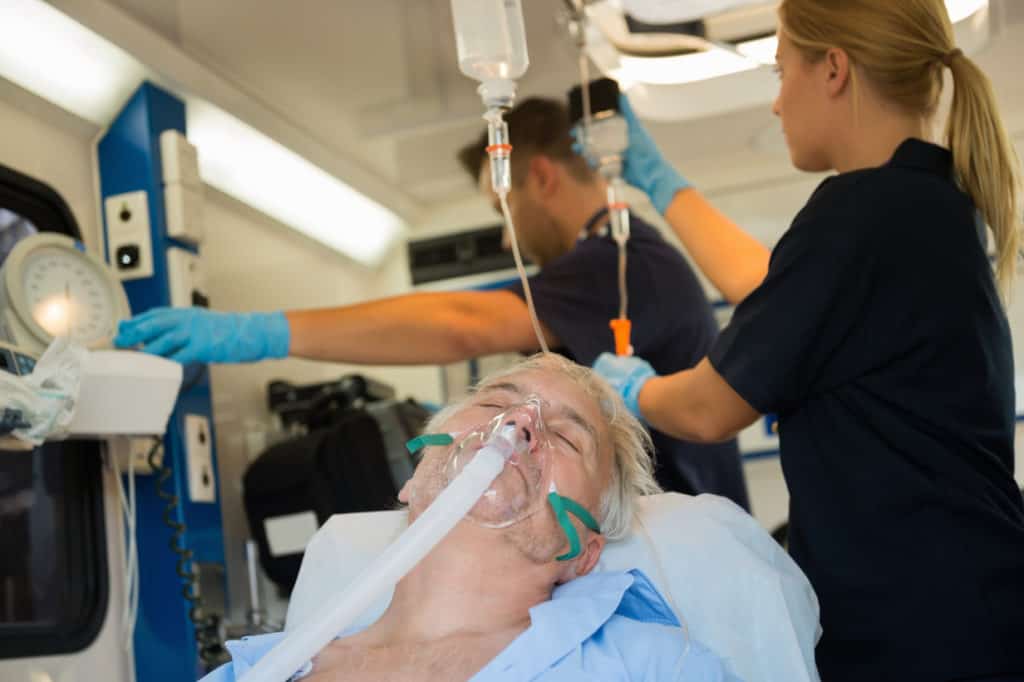
EMT students unfamiliar with human physiology often find it difficult to remember what symptoms to expect in the case of shock. Shock is defined as: inadequate blood circulation to meet tissue demand. In order to remember what to look for, let’s first review what the components of circulation are – essentially we have the pump, the vessels, and volume of blood. Normal blood pressure depends on a balance of all three components.
The human body is very good at adapting to a deficiency of one of these three components. Let’s start with the heart: if the heart isn’t pumping well, such as in the case of an arrhythmia or in the case of heart damage with weak contractions, the body responds by constricting peripheral blood vessels to raise the blood pressure. Also, the kidneys conserve fluid. If you push the same volume of fluid through a smaller vessel, the pressure rises. This will eventually make the extremities cool and clammy.
If the volume in the system drops, such as in dehydration or hemorrhage, the heart will pump faster and the blood vessels will also constrict. The greater the loss of volume, the greater the body tries to compensate.
If blood vessels lose their tone through a neurogenic or septic condition, the heart rate rises to compensate. The kidneys also conserve fluid.
One of the physiologic effects of shock is that the tissues do not get the oxygen and nutrients required for normal aerobic metabolism. Subsequently, tissues start using anaerobic metabolism that causes the blood to become more acidic. The respiratory system then responds to this increased acidity by increasing the ventilator rate and volume. So people in shock tend to have higher respiratory rates and/or deeper breaths.
In well-compensated shock, the blood pressure will be normal initially because 2 of the 3 components of circulation will be working hard to maintain perfusion. Therefore, you have to have a high index of suspicion to recognize it based on the patient’s circumstances. As the problem progresses, compensation is inadequate and blood pressure starts to fall. In advanced shock, the blood pressure has dropped so far that perfusion of the brain is inadequate and the patient gets confused or loses consciousness.


